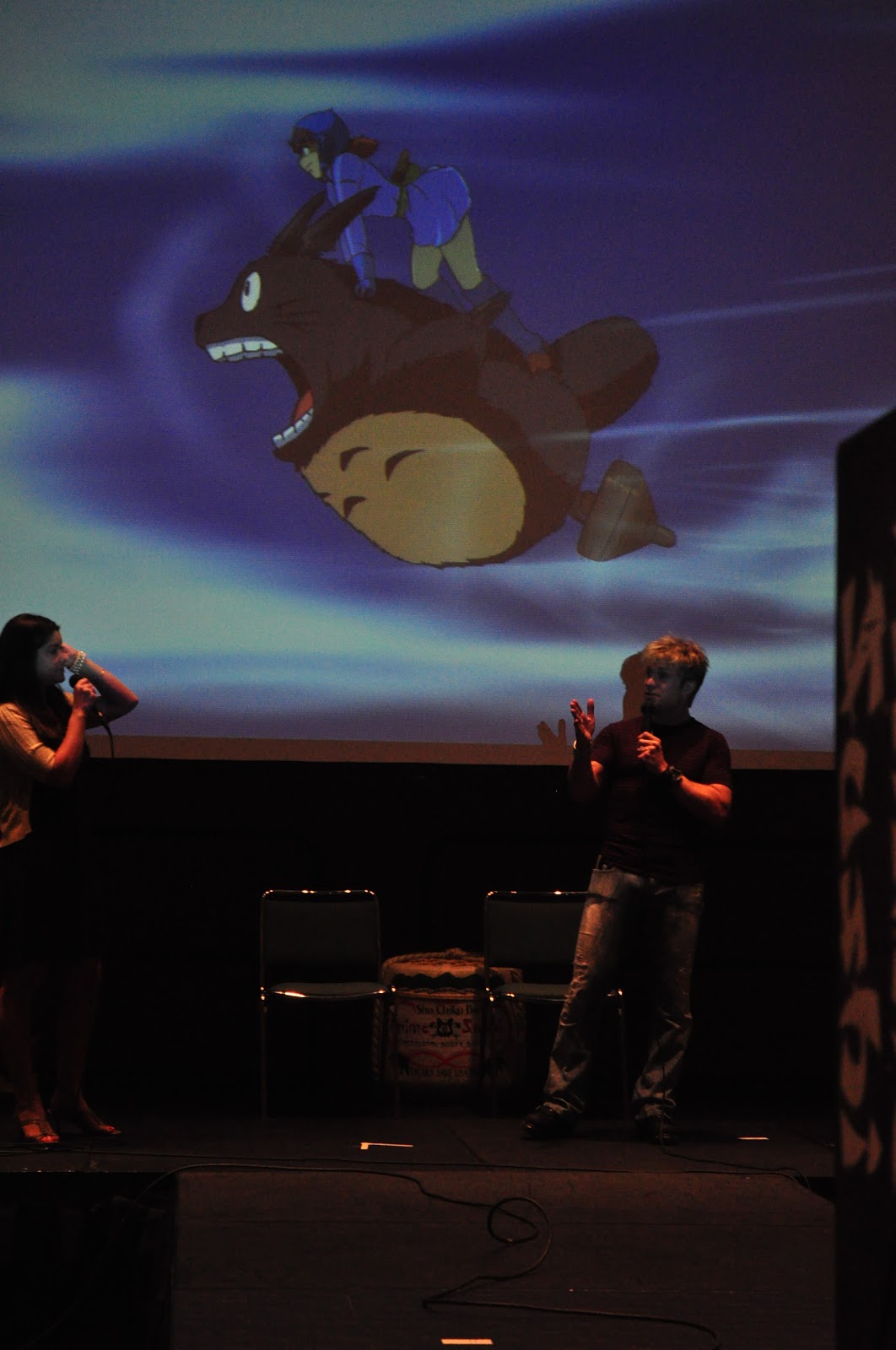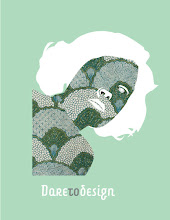Everyone is aware of how guilds and associations can benefit people of a certain profession. They'd hold events and offer inspiration, as well as opportunities for the people in question. Well, it's not much different to Graphic Designers. AIGA, the American Institute of Graphic Arts, is looking to advance design as a professional craft, and was founded in 1914, and it's the oldest and largest organization for designers and artisans alike. I will go in-depth with the benefits this organization holds for guys in my industry, graphic design.
For one, AIGA holds the AIGA Design Conference biennially for its 20,000 or so design professionals (many of them including teachers and students) to celebrate design excellence, reinforce friendships and connections, stimulate the critical issues surrounding the world of design, and breed creativity, intuition, skill, and experience. While the events may be costly, $900 you are not a member for example, the aformentioned benefits can only be seen as a good thing.
Another benefit a Graphic Designer can get from something like AIGA, are the annual competitions. Nothing can bring someone's best better than a competition, in my humble opinion. As someone somewhere once said, competition breeds creativity. The term applies no better than here. AIGA this year will be hosting 2 competitions: 365 | Design Effectiveness and Making the Case. For 365 | Design Effectiveness, the Designer must submit what they believe is their best work in 3 areas of communicative design; Digital, Print, and Cross-Media, alongside a statement as to why it works. Making the Case is a completely new design competition, apparently. As expected, you must submit a case study of your work in communicative design. If the work is selected, the work is then shown in a traveling exhibition that debuts at the AIGA National Design Center.
Considering the possibilities that a Graphic Designer has with an association, I'd best consider looking into one. And if you don't want to spend alot of cash, AIGA still offers documents of inspiration, like the essays from professionals set to inspire future Graphic Designers, or the largest online design archive in the AIGA Design Archives, or if you are an aspiring Graphic Designer, and you don't know the salary range, you can still download the annual salary report. Maybe I should join myself, haha.





















